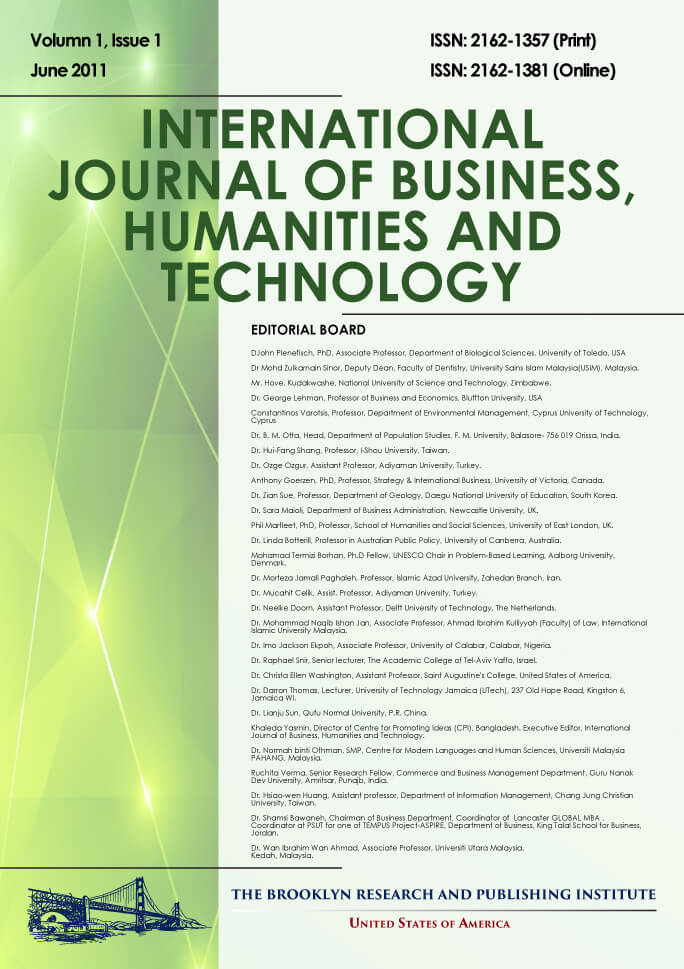Museum Layout Evaluation Based on Visitor Behavior and Visiting Suggestion under Time Constrain
La-or Kovavisaruch, Taweesak Sanpechuda, Krisda Chinda, Virach Sornlertlamvanich, Pobsit Kamolvej
Abstract
This paper proposed methods to evaluate the visitor path and suggested visiting routes by using collected statistical information from visitor. As every museum employs a unique method for arranging exhibits; it is unhelpful to devise specific best practices that are applicable across the industry. However, by tracking visitor behavior, we can generate statistical data that will yield insights about each visit, most popular attractions, and time spent by each visitor at a given Point of Interest (POI). This information can be used to evaluate the efficacy of exhibition arrangements. Therefore, we proposed methods to analyze visitor behavior in terms of visitor path and the number of visits at each POI versus the time spent at that Point. We create popular path in the museum from the probability of visitor travel from one POI to another. From the collected information, we can assign each POI into one of the following categories: good location and interesting object, good location and uninteresting object, bad location and interesting object, bad location and uninteresting object. These categories can be used to determine recommendations for improving the placement of exhibit layouts. Additionally, this recommendation system can be applied to the generation of exhibit recommendations for visitors. The proposed method was used to evaluate and generate recommendations for the ChaoSamphraya National Museum. Evaluation results reveal a path taken by most visitors, and identifies exhibit items according to our 4-box rubric. We then utilize the visitor path to create a suggestion system featuring the most highlighted object in the museum.
Full Text: PDF


